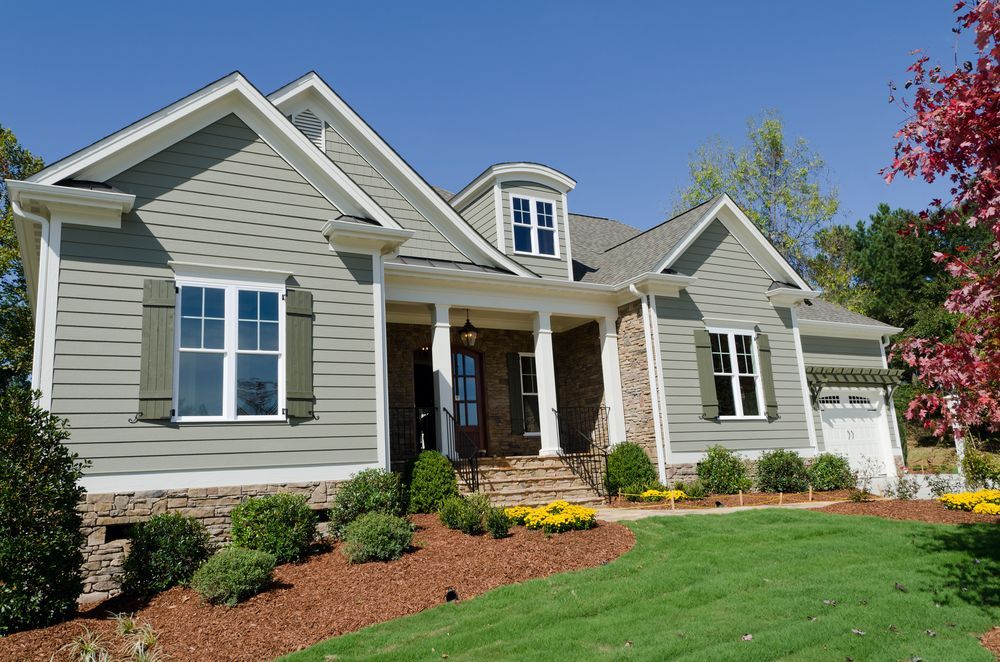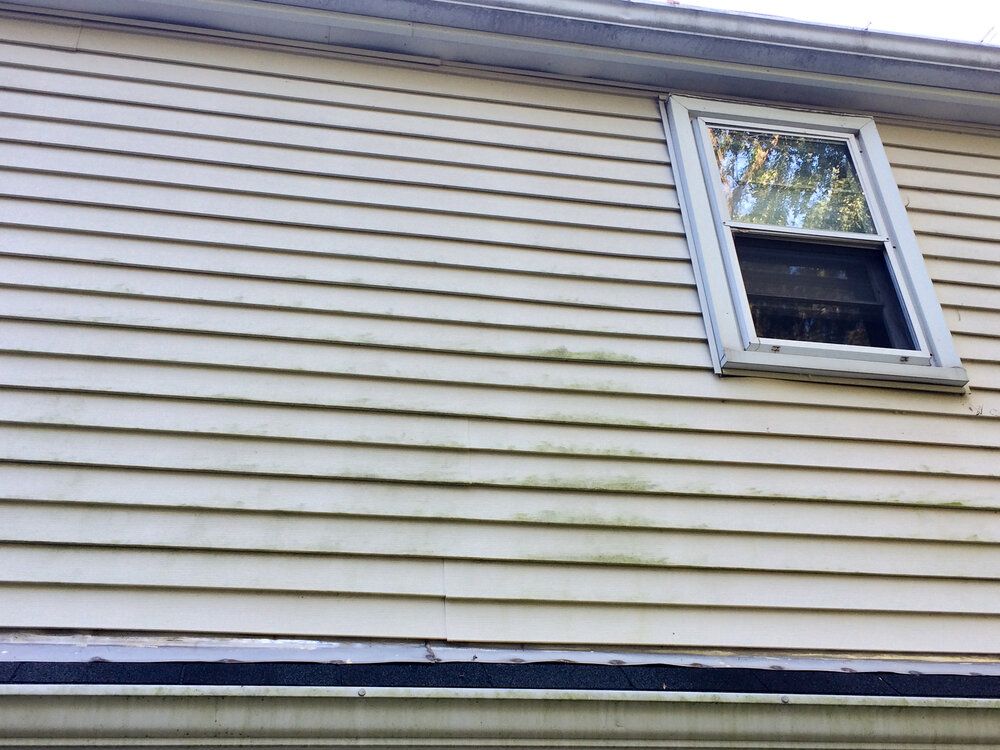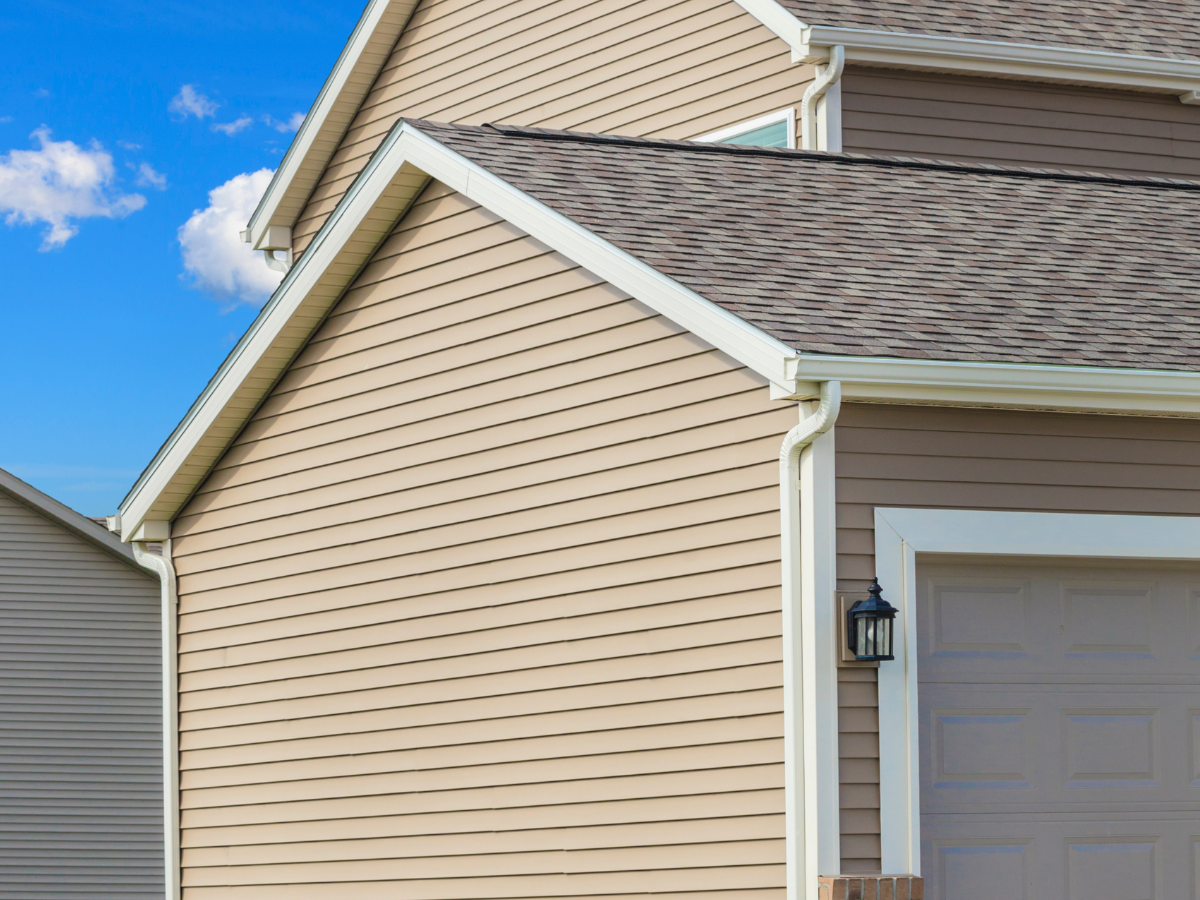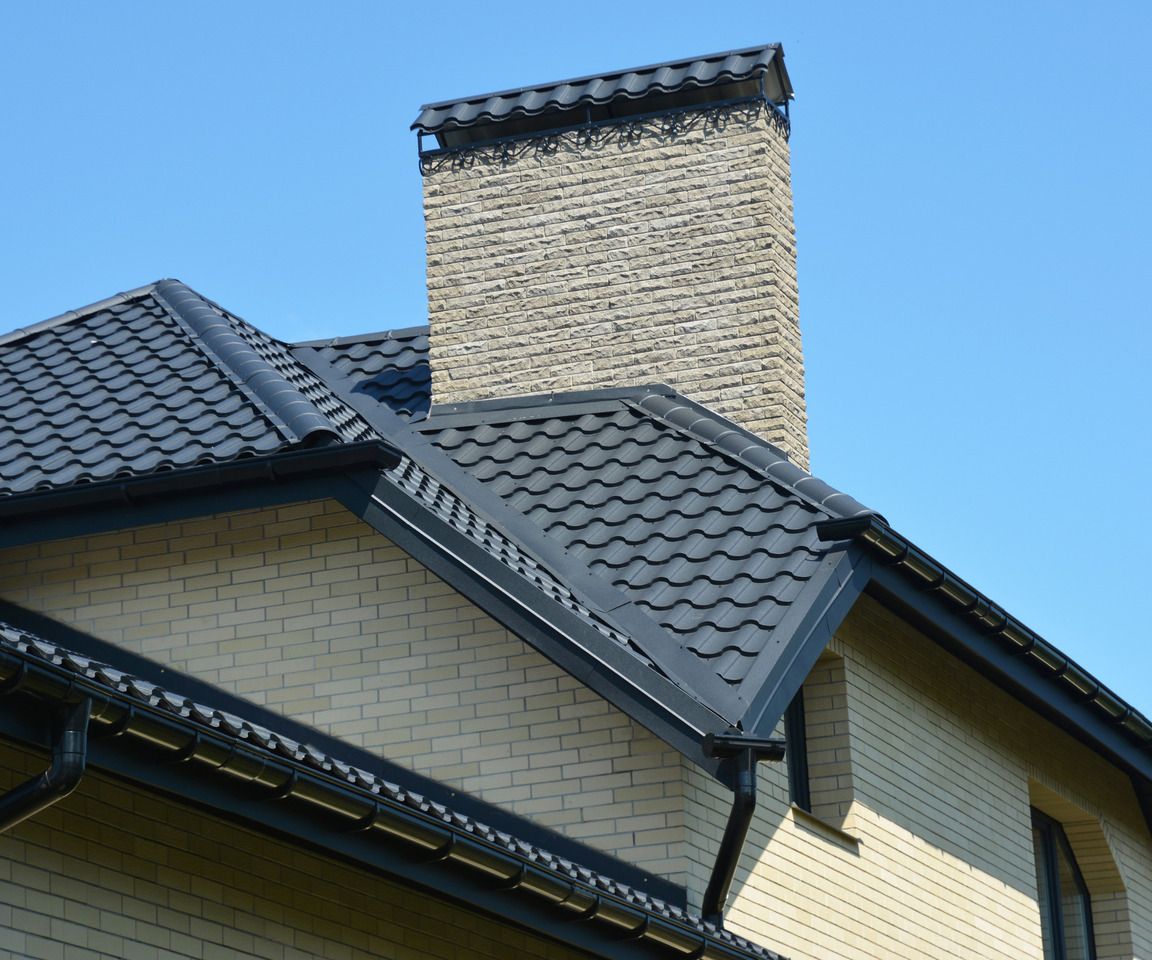What Are the Disadvantages of a Black Roof in Indiana?
Black Roof Disadvantages
When considering a new roof for your Indiana home, choosing the right color is more than just an aesthetic decision—it can affect energy efficiency, maintenance, and overall comfort. Many homeowners are drawn to black roofs for their bold, modern look, but before you commit, it’s important to understand the potential downsides. Consulting with a
roofing company in Indiana can help you make the best choice, as local climate and weather patterns greatly impact how black roofs perform, affecting everything from energy costs to maintenance requirements.
1. Heat Absorption and Increased Cooling Costs
One of the primary drawbacks of a black roof is its tendency to absorb and retain heat. Dark colors, especially black, naturally attract more sunlight, making your roof significantly hotter in the summer. In Indiana, where summers can get warm and humid, this can raise the temperature inside your home, particularly in the attic and upper floors. As a result, your cooling system has to work harder, leading to higher energy bills. A black roof may cost more to cool in the summer compared to lighter-colored options, making it a less energy-efficient choice.
For homeowners who want to offset this effect, adding roof insulation or installing a reflective underlayment can help, but these measures may add to your initial installation costs. If you’re concerned about energy efficiency, a lighter-colored roof may offer a more cost-effective solution in Indiana's varied climate.
2. Faster Wear and Tear
Black roofs face faster wear and tear because of how much heat they absorb, and this can shorten their lifespan. Indiana’s weather, which includes hot summers, cold winters, and occasional storms, creates expansion and contraction cycles for your roof. The intense heat absorbed by black shingles speeds up this process, causing shingles to curl, crack, or even blister over time. In addition, heat stress can weaken the material, making it more susceptible to damage during heavy rains or windstorms.
Since the roof’s durability is compromised, black roofs may require more frequent repairs or even early replacement compared to lighter colors. Opting for a black roof in Indiana means you may need to budget for additional maintenance costs or plan for a shorter roof lifespan.
3. More Maintenance Due to Visible Dirt and Moss
Because black roofs show dirt, debris, and moss more easily, they tend to need more regular cleaning. Indiana’s climate can contribute to moss and algae growth, especially in shaded or damp areas, which appear more prominently on dark roofs. Moss and algae not only affect the roof’s appearance but can also trap moisture, potentially leading to leaks or water damage if left untreated.
Regular maintenance like roof cleaning, inspecting for moss growth, and checking for water pooling is necessary to keep a black roof in top condition. Pressure washing can be effective but may also wear down shingles if done too frequently. In areas where dirt buildup and grime are more common, the darker surface will show these elements faster, making your roof look older or less maintained than it might actually be.
4. Environmental Impact and Local Heat
A black roof’s tendency to absorb and retain heat can also impact the local environment. This phenomenon, known as the "urban heat island effect," happens when clustered buildings with dark roofs create a pocket of elevated temperatures. This effect can be noticeable even in residential areas where several homes have black or dark-colored roofs, which increases the surrounding air temperature.
For environmentally-conscious homeowners, choosing a black roof may come with trade-offs. Black roofs are less reflective than lighter-colored or “cool roofs,” which reflect more sunlight back into the atmosphere. Choosing a lighter roof color can help reduce the urban heat island effect and lower energy consumption.
5. Potential Code Restrictions
In some areas, building codes may restrict certain roofing colors or require specific materials to meet energy efficiency guidelines. Although Indiana doesn’t have strict mandates like some other states, it’s still wise to check with your local building authority before installing a black roof. Homes with less energy-efficient roofs may not meet future energy codes, which could impact resale value or require an upgrade if codes change.
Choosing a roofing color that’s within local guidelines not only ensures compliance but can also be a selling point if you decide to put your home on the market. Lighter colors are more likely to align with energy-efficiency goals, whereas black roofs might require additional justification or proof of insulation to meet certain standards.
Final Thoughts
While black roofs have a modern, stylish appeal and can provide some winter heating benefits by retaining warmth, they also come with a few notable drawbacks. Indiana homeowners may find that the increased heat absorption, added maintenance, and environmental impact make it less practical compared to lighter roof colors. Balancing aesthetics with functionality is essential for long-term satisfaction with your roofing choice.
Contact Us To Help
If you’re considering a black roof, consult a roofing company in Indiana to discuss ways to mitigate some of these disadvantages, such as using heat-reflective materials or enhancing insulation. A trusted local expert can guide you through all available options, helping you choose a roof that enhances your home’s style without sacrificing comfort or energy efficiency.
Our experienced Fort Wayne roofing company is ready to provide a comprehensive inspection and offer you a detailed quote tailored to your specific needs. Contact us today and get to know our roofing services.





